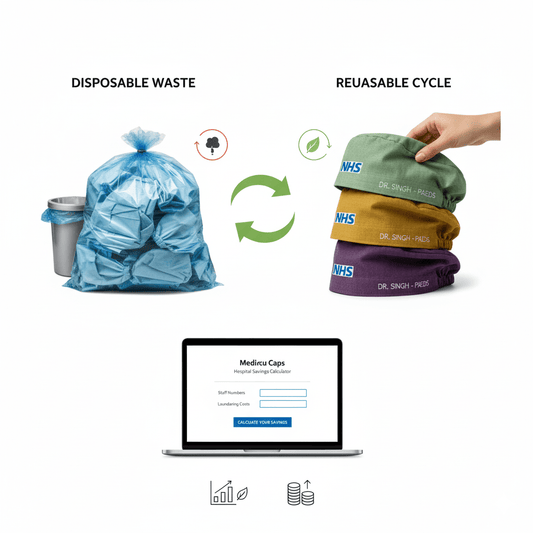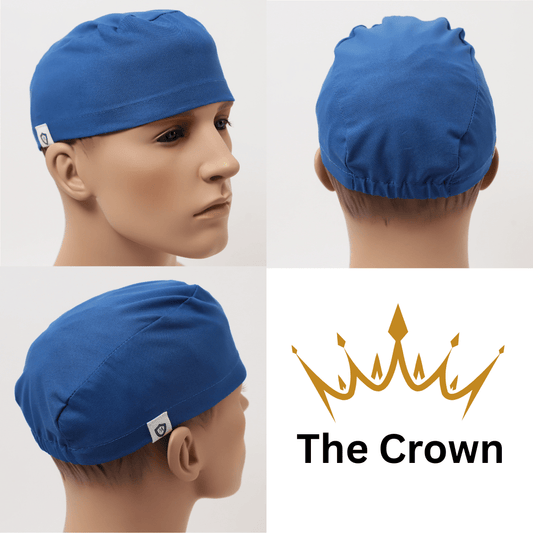
A Study of Different Operating Room Headgear Assessed by Environmental Quality Indicators
Environmental Impact of Headgear
The environmental impact of headgear, especially in healthcare settings, is an increasingly important consideration. Hospitals and clinics are adopting more sustainable practices, but disposable headgear remains a significant challenge. These items, often used in operating rooms, are single-use and contribute heavily to waste. They consume valuable resources in production and ultimately add to landfill burdens.
Waste Generation from Disposable Headgear
Disposable headgear, such as surgical masks and scrub caps, has a substantial environmental footprint. The issues it creates include:
Environmental impact of headgear
- Non-biodegradable materials: Disposable headgear is made from plastics and synthetic fibers, which do not break down easily in landfills.
- Single-use nature: These items are used once and then discarded, resulting in massive volumes of medical waste.
- Waste management burden: The increasing disposal of single-use headgear stresses waste management systems and contributes to pollution.
Resource Consumption in Production
The production of disposable headgear also has considerable environmental consequences:
- Raw materials, water, and energy: Manufacturing disposable headgear consumes valuable resources, including water and energy.
- Carbon emissions: Energy-intensive production processes lead to higher carbon emissions, exacerbating climate change.
- Waste generation: The sheer scale of production means the process itself generates significant waste, further damaging the environment.
Environmental impact of headgear Benifits
Environmental impact of headgear
Switching to reusable headgear, like washable scrub caps, offers several key environmental benefits:
- Waste reduction: Reusable headgear significantly lowers the amount of waste generated, as it can be used many times.
- Resource conservation: Reusable headgear reduces reliance on disposable products, conserving natural resources.
- Lower carbon emissions: Reusing headgear means fewer manufacturing processes and a reduction in carbon emissions from production and transportation.
Sustainability in Healthcare Settings
As healthcare institutions become more aware of their environmental impact, adopting sustainable practices, such as using reusable headgear, is gaining priority. Healthcare professionals can:
- Reduce waste
- Conserve resources
- Contribute to a sustainable healthcare system
- Environmental impact of headgear
Incorporating eco-friendly solutions, such as reusable scrub caps, helps healthcare institutions lead the way toward a more sustainable future. To learn more about how you can implement these changes, check out our sustainability initiatives page.





